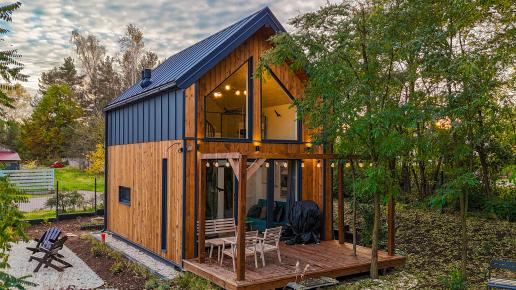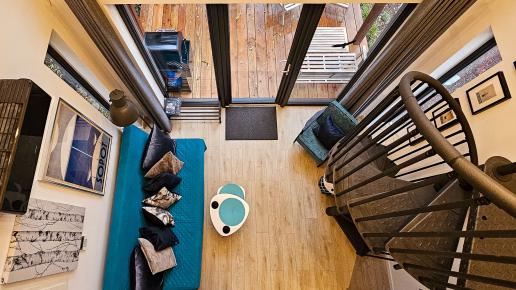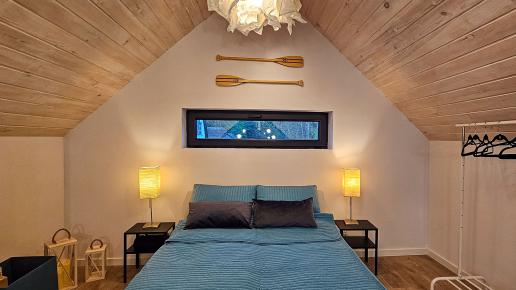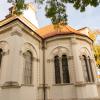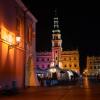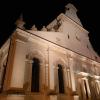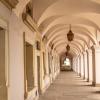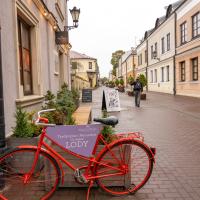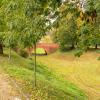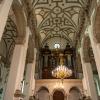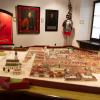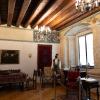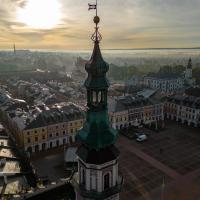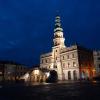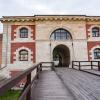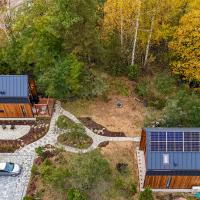Zamość. City of the fortress and Padua of the North. Monuments and attractions worth seeing here!
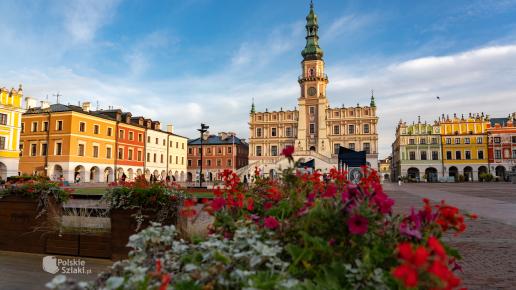
Zamość is wonderful and surprising. It is an architectural pearl of the borderlands, created by one man! It is located on the eastern edge of Poland, in the Lublin Voivodeship. Man no longer expects anything special, and here suddenly, nearly 90 km from the capital of the region - Lublin, a wonderful city is growing. It captivates with its harmony and beautiful Renaissance monuments. Zamość looks great, the whole Old Town impresses not only with its good state of maintenance, but also with its beauty and numerous decorations, rarely found in other Polish cities. Called the Padua of the North, it can charm on the first visit. It's just the perfect city!
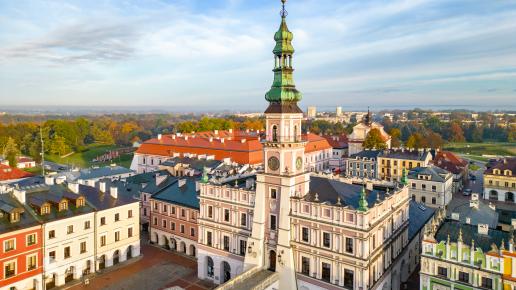
History of Zamość - fortress towns
Zamość as a private city was founded by Jan Zamoyski - the Grand Chancellor of the Crown. At the end of the 16th century, he commissioned the Italian master Bernardo Morando to design an ideal city - a fortress, which was to protect the Zamoyski estate. This is how Zamość, called the Padua of the North, was created. A true masterpiece and pearl of the Renaissance. The location privilege of Zamość dates back to 1580. Special consideration was gained from Zamoyski by Armenian merchants, who in the 17th century built the most outstanding tenement houses on the main square, shockingly beautiful to this day.
Jan Zamoyski, shortly after the founding of the city, created the Zamość Ordinance, approved by the Sejm of the Republic of Poland. It was a great land estate that could not be divided and passed on to the eldest son of the earlier ordinate. At the time of Jan's death, the Order had 23 cities and over 800 villages. The ordinance existed for over 350 years. It was liquidated only by the communists after World War II.
Fortunately, the beautiful, perfectly designed buildings of the city delight our eyes to this day. It is no wonder that in 1992 the Old Town of Zamość was inscribed on the UNESCO World Heritage List.
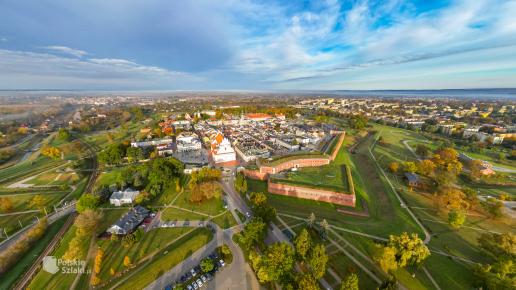
Experiences in Zamość
There is no shortage of attractions in Zamość. These are primarily wonderful monuments, but the city can also surprise with other curiosities. We have already visited this city three times and each time we were delighted with it. Recently, we spent a few wonderful days here and experienced the unusual atmosphere of this place. On this basis, we have created the following guide, thanks to which you will get to know the best attractions of Zamość and plan your city tour more easily!
Zamość Market Square
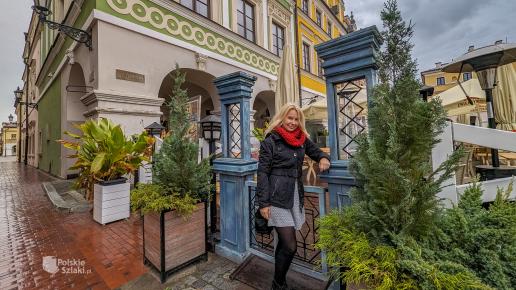
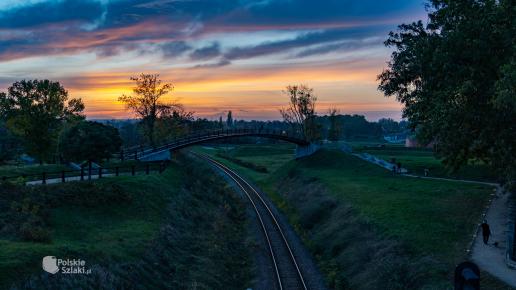
Zamość Market Square is one of the most amazing squares in Europe. It dates back to the 16th century and, as befits a perfect city, has dimensions of 100 x 100 meters. At each frontage, one street leaves in the middle, and in addition, more leave in the corners. There are eight beautiful tenement houses by each frontage. Apart from the northern frontage, at which there are only 6 of them, because the place of two houses is occupied by a significant symbol of the city - the Town Hall. All tenement houses on the Grand Market Square are surrounded by arcaded arcades on the ground floor.
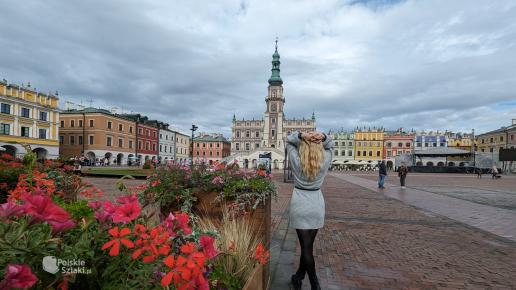
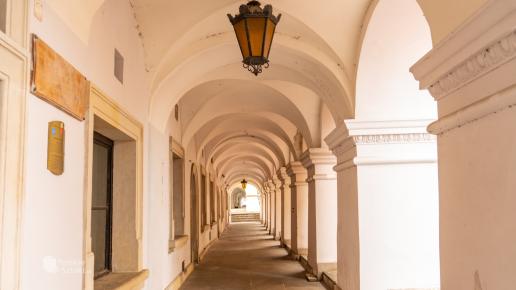
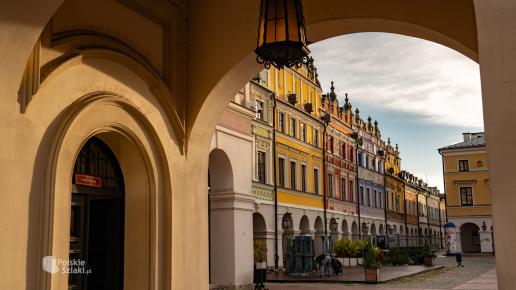
Town Hall in Zamość
The magnificent Zamosc town hall, which is almost on its knees, is a magnificentbuilding. Interestingly, it does not stand in the middle of the square. And this is to emphasize that the mayor and the city council working in it were not the most important in the city. This was led by the owner of the city - Zamoyski, residing in a palace nearby.
Today, the town hall is mainly a Baroque building, which gained its current shape in the 18th century. A stunning, fan-shaped staircase and a tall, slender tower also come from this period.
Address: Rynek Wielki
Armenian tenement houses in Zamość
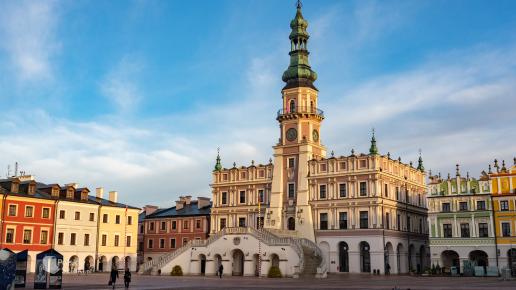
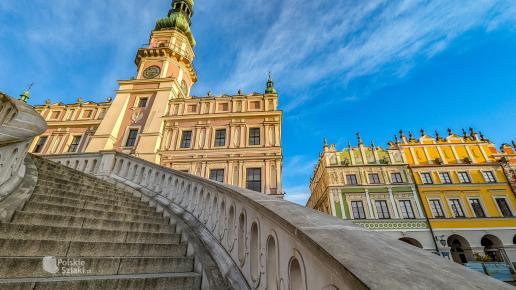
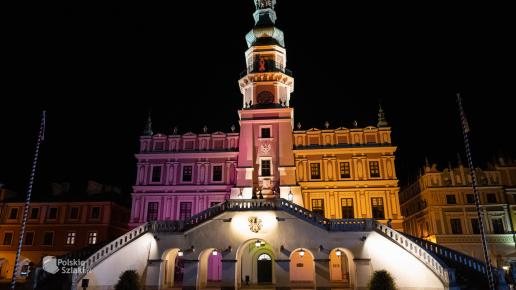
At the Grand Market Square, the northern frontage is dominated by extremely interesting and colorful tenement houses with attics. They are said to represent the mannerist style found in art between the Renaissance and the Baroque. It was then, in the 17th century, that these houses, belonging to rich Armenian merchants, were built. Hence their name - Armenian tenement houses.
It is a real rarity for bourgeois tenement houses to be so ornate and have an attic. It was usually an element found in town halls and castles. The first, green one is named Wilczkowska, after the owners. On its facade there are reliefs of the Mother of God and the Saints. Another, yellow one is the Rudomiczowska tenement house. From the name of the owner, who was a professor at the Zamość Academy.
The next three houses took their names from the decorations visible on the facades. The red one is called Under the Angel, because on the first floor it wears a white sculpture of Michelangelo. The next one is known as Sapphire or Under Marriage, because at the height of the second floor the heads of a woman and a man are visible. The smallest tenement house with an attic, in gold, is called Pod Madonnou, after the magnificent relief visible on the facade. The Zamość Museum found its seat in these tenement houses.
Address: ul. Armiańska
Zamość Museum
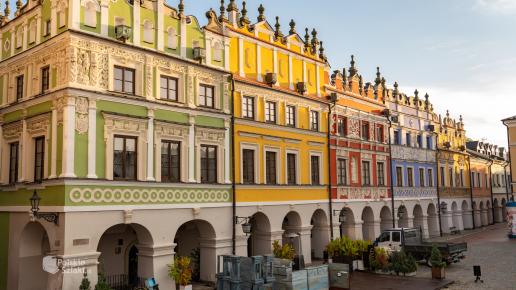
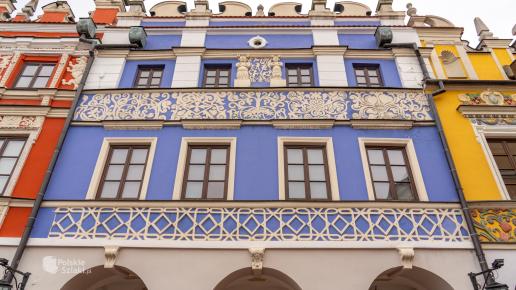
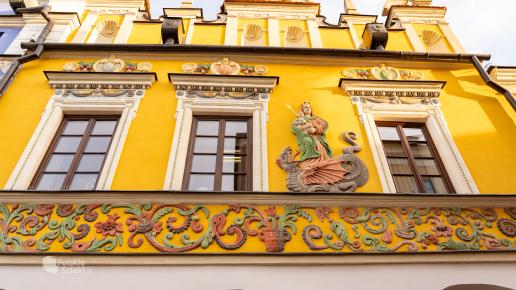
The Zamość Museum has been operating in these valuable and beautiful Armenian tenement houses for years. More specifically, in 4 houses. It is necessary to visit them, if only to be able to admire the stunning interiors of these unusual buildings. Door portals are nothing yet, here even windows have their portals, very decorative, let's add. And another distinguishing feature is the fact that these decorations are stone, not wooden, as is usually the case with tenement houses. You can see and feel their noble age!
The exhibitions are also interesting, because the history of these lands has been presented here since the dawn of time. The collections in Bartosiewicz's red tenement house tell about the history of Zamość. It is worth paying attention to the beautiful, original ceiling, with remnants of polychrome.
Address: ul. Armiańska 30, 84/ 638-64-94, open every day except Mondays
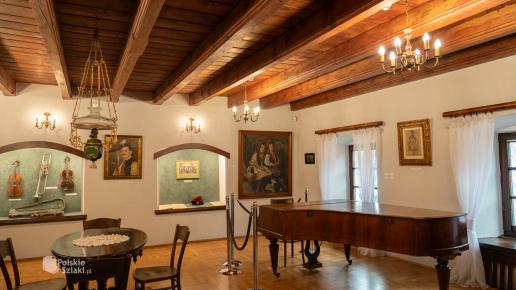
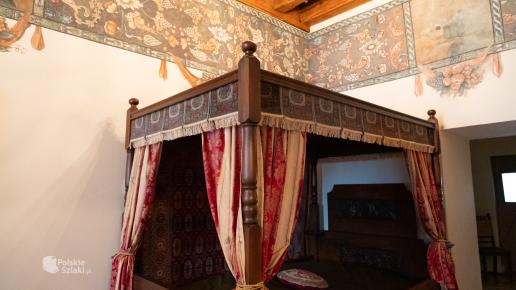
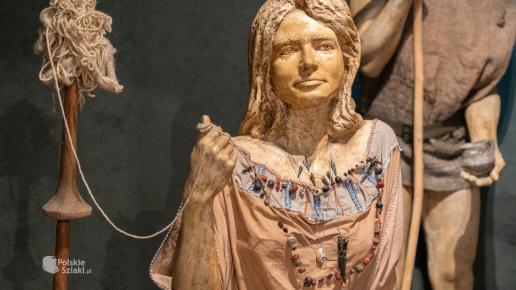
Other tenement houses at the Market Square
Among other buildings attracting attention on the main square are the Tenement House Pod Św. Kazimierzem in the eastern frontage and the Linkowska Tenement House in the western frontage. At Moranda Street departing from the Market Square, in the southern frontage, the corner tenement house is called Morandowska Street. It is one of the oldest tenement houses in the city. And as the name rightly suggests, Morando designed it for himself and his family, as a model for other home builders in the city.
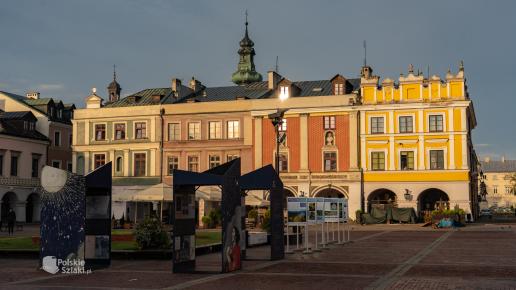
Zamość Salt Market
You can reach it via Solna Street from the Great Market Square. It is one of the 3 markets in the Old Town. While the largest one was representative, the Salt Market played a commercial role. Salt from Wieliczka and the Russian Saltworks was stored here. The buildings have changed here over the centuries. The house with its back to the town hall dates back to the 19th century. Here was the prison, and today the entrance to the underground tourist route.
An anchor stands in the middle of the market. It comes from the ship Ziemia Zamojska, which sailed for Polish shipping until 2014. Interestingly, it weighs... 7 tons!
Zamość Cathedral
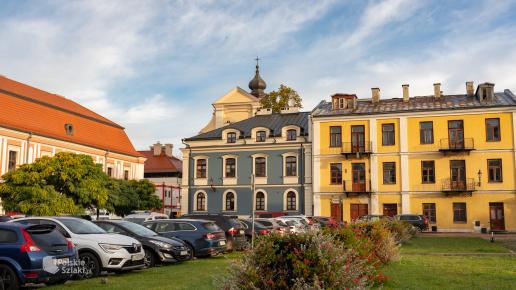
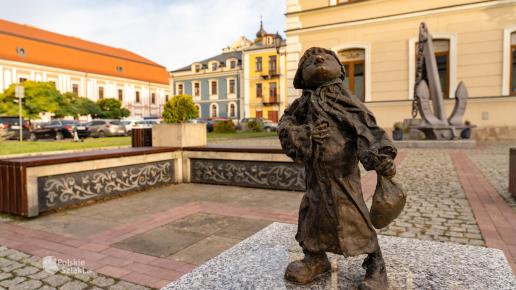
At Kolegiacka Street there is a squat church of the Resurrection of the Lord and St. Thomas the Apostle. With a free-standing bell tower, it is a magnificent temple from the 16th century, built in 1587, from the foundation of Jan Zamoyski, the founder of the city. She stood as a votive vote for the hetman's victories. Like the whole Zamość, it was designed by Bernardo Morando. It is said that the Zamość collegiate church was to the Ordination what the Wawel Cathedral was to the Republic of Poland.
There are as many as 9 chapels in the church, and under the nave there are crypts where the Zamoys are buried. The more than 40-meter bell tower dates back to the second half of the 18th century. There are 3 bells in it named Wawrzyniec, Tomasz and Jan. In high season, the tower has an observation deck.
Address: ul. Kolegiacka 1
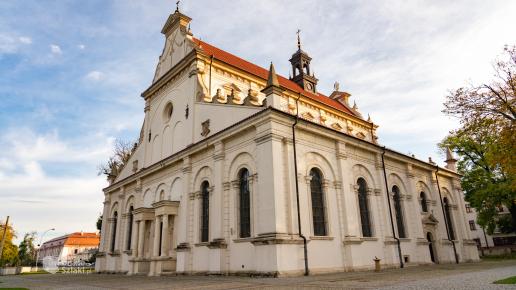
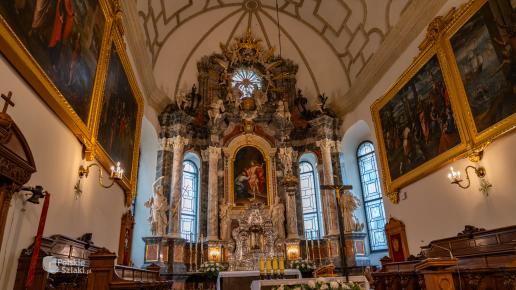
Infułatka - Sacred Museum in Zamość
Opposite the cathedral bell tower, there is a two-storey building with a beautiful early Baroque entrance portal. It is an infusallet, i.e. the former seat of the deans of Zamość. This tenement house was built at the beginning of the 17th century. Of course, according to Moranda's design. Today, the interior houses a sacral museum. Not very large, but unique in terms of unique collections. Here you will find robes, vessels and liturgical books. Some of them are real wonders, such as liturgical robes from the 17th century, made in Florence. There is also a reliquary with a hem of the robe of the Blessed Virgin Mary. The icing on the cake is the coronation album of King Michał Korybut Wiśniowiecki. You may not know, but this is where the future king grew up.
Address: ul. Kolegiacka 3
Zamość Fortress
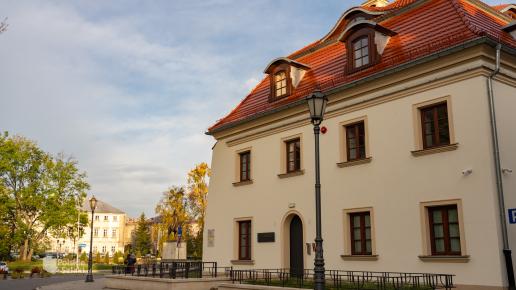
Zamość Fortress was built in the years 1580-1618, together with the Ideal Zamość City. It was commissioned by Jan Zamoyski, according to the design of the Italian architect Bernardo Morando. Later, the fortress was modified several times. Today, it consists of several shared elements. The most impressive is Bastion VII at Łukasińskiego Street (with a shopping mall and an Underground Tourist Route).
Zamość Fortress was so successful for Italian architects that it turned out to be impregnable. In the middle of the 17th century, the walls of the fortress were first rebounded by the Cossacks and Tatars during the Khmelnytsky Uprising, and later by the Swedes. During the famous flood.
Interesting is the legend associated with the fortress, according to which the Swedes swallowed a bitter pill. Jan Sobiepan Zamoyski, the grandson of the city's founder, anticipating the evil intentions of the invader, arranged a party for the Swedish king Karol Gustav... under the city walls, without chairs. The king had to eat standing up and this way of eating, today called the Swedish table, was born.
Address: ul. Waleriana Łukasińskiego
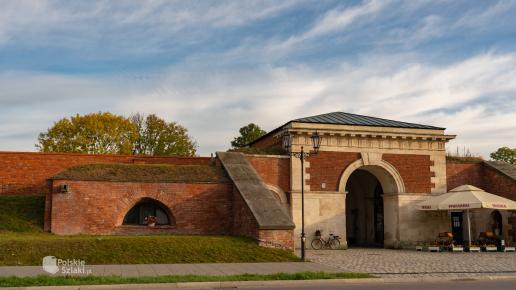
Museum of Fortifications and Weapons
The Zamość fortress is available for visiting in fragments. The Arsenal presents an exhibition of Polish militaria from the 17th to the 19th centuries. On the ground floor there is a permanent exhibition, and on the first floor there are temporary exhibitions. We came across bayonets.
Opposite the Arsenal, in the glass pavilion of the Zamość Fortress, you will also find a military exhibition. However, exhibits, scenes and vehicles from later times, i.e. from the 20th century, are presented here.
Address: ul. Zamkowa 2
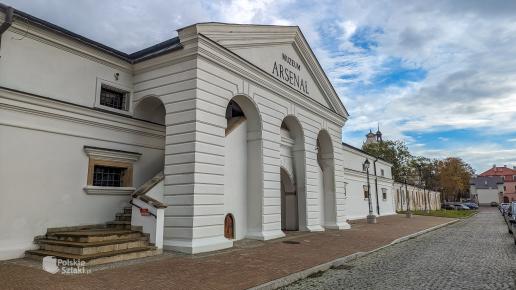
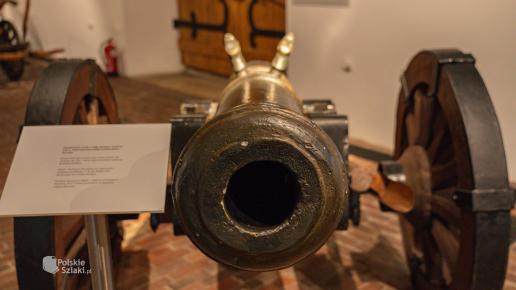
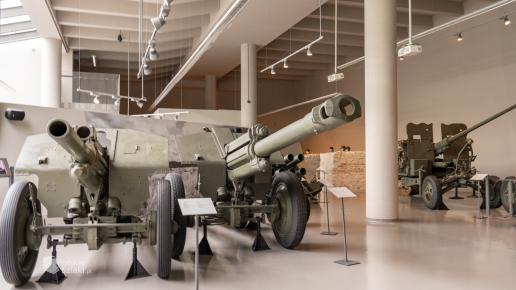
Synagogue in Zamość
At the corner of Ludwik Zamenhof and Bazyliańska streets, a former synagogue has been preserved - one of several Jewish cultural objects still standing in Zamość. Today, the synagogue is the seat of the "Synagogue" Center of the Foundation for the Protection of Jewish Heritage. The building was built in 1610 in the heart of the then Jewish quarter, and today it looks great.It is one of the best-preserved late Baroque synagogues in Poland and, by the way, one of the most beautiful Jewish synagogues in the country. It is open to tourists.
Address: ul. Pereca 14
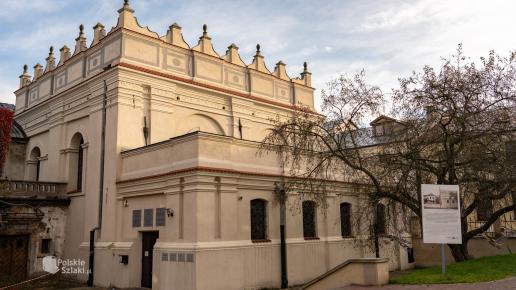
Mykwa in Zamość
At Zamenhofa Street, near the synagogue, there is also a mikvah. It is a former ritual bath of Jews. Dating back to the 18th century, today it houses a hotel.
Address: ul. Ludwika Zamenhofa 5
Zamoyski Palace in Zamość
At Akademicka Street, in the western part of the Old Town, stands the former residence of the Zamoyski family. It was the first building that began to be erected during the construction of the Ideal City. These were the years 1579-86. The design was, of course, made by the Italian master Bernardo Morando. Today, after many reconstructions, the palace does not look so great anymore. It is also not renovated, and the interior houses a high school.
Address: ulica Akademicka
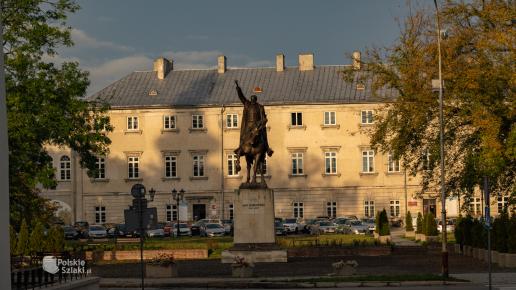
Monument to Jan Zamoyski
On the square in front of the Ordynate Palace there is a horse statue of Jan Zamoyski. He is the founder of the city, presented with a baton to emphasize his courage and bravery. Hetman was born in Skokówka, a few kilometers from Zamość, in a fortified manor house. After returning from foreign schools, he became a royal courtier. His career progressed quickly. Already in the times of Stefan Batory, he enjoyed such a great friendship of the king that he became the Grand Chancellor of the Crown and the Grand Hetman of the Crown. Already at the end of the 16th century, he became the second, after the king, person in the state. He died in 1605. He was buried in the Zamość collegiate church.
The creator of the monument is Marian Konieczny, who has his own sculpture gallery in the Museum.
Address: ulica Akademicka
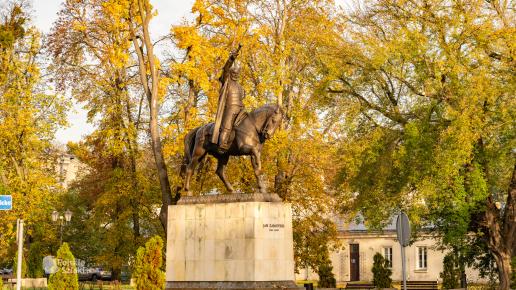
Leśmianowski Trail - figurines related to the work of Bolesław Leśmian
Bolesław Leśmian is one of the most outstanding Polish poets. Although he was born in Warsaw, in a Jewish family, he lived and worked in Zamość. Interestingly, he did not like this city. He worked as a notary, and due to his short stature, he was not very respected and even joked about. For example, when he came in a cab and it was said that it was coming empty.
However, remembering his long presence in the city, today a number of figurines have been created here, attracting attention with interesting shapes. These small sculptures stood in different parts of the city, like dwarves in Wrocław. They present figures from the works of Bolesław Leśmian.
The series of figurines is called the Leśmian Trail. Figures on the Trail:
- Bajdała - the first character from Leśmian's poems appeared on the Water Market in 2017
- Srebroń - the second figure stands at the entrance to the Corner Pub Restaurant, at Żeromskiego Street. It appeared in 2018.
- Reptiles - 2 reptile figures appeared on the windowsill of the Morandówka tenement house in 2019
- Fiddler Possessed - since 2020 it has been decorating the gate to the City Park
- Znikomek - in 2021, Znikomek stood on the stairs to the Zamość House of Culture.
- Szewczyk - in 2022, the figurine sat in the Szczebrzeska Gate and thus joined the Leśmianowski Literary Trail
- Girl - in 2023, the seventh figure appeared on this Trail. It is a sculpture of "Girls", on the handrail of the bridge in the City Park, from the side of the Parkowa restaurant.
The author of the sculptures is Bartłomiej Sęczawa. The characters are presented as part of Zamosc Poetry Street, and the initiator of the Trail is the Zamosc House of Culture.
Zamość City Park
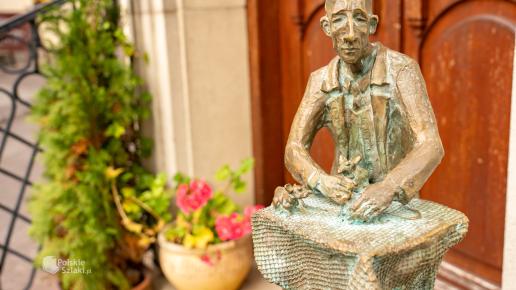
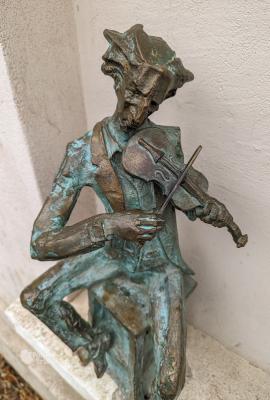
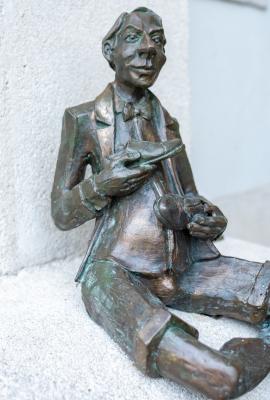
Zamość Park is one of the most beautiful and valuable urban parks in the whole of Poland, from the interwar period. It was designed by an outstanding Warsaw garden planner - Walerian Kronenberg. At that time, it merged the former fortress objects, including the moat, with the landscape values, creating an extremely impressive park complex.
Address: Królowej Jadwigi Street, Akademicka Street
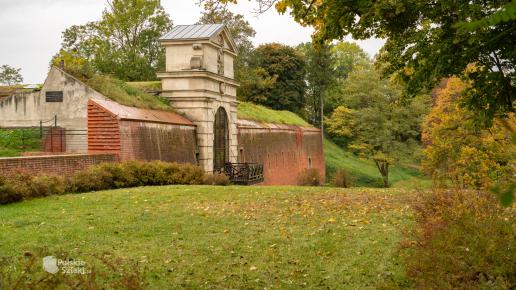
St. Catherine's Church
The temple was built at the end of the 17th century in the Baroque style. It is interesting that it was erected by Hieronim Żaboklicki - a soldier and companion of the revelers of the then ordinates, as a propitiation of God for sins and a revelry life. He also built a Franciscan monastery next to the church.
Address: Plac Jaroszewicza
Water Market
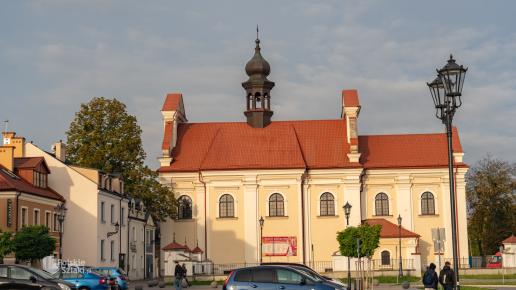
This is the third square in the Old Town. Apparently, it was here that merchants coming to Zamość drank their horses, hence the name. But there is also a Water Gate nearby, so maybe there are 2 reasons for this name preserved to this day. The square is dominated by the former Poor Clares church, under the patronage of St. Anna. It was built together with the monastery at the end of the 17th century. At the beginning of the 19th century, the Russians used the temple for military purposes. Today, the monastery houses a music school and passing by we had the opportunity to listen to the sounds coming from the windows of the monument.
Address: Kościuszki Street
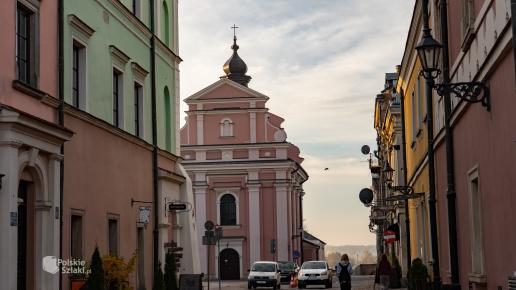
Church of the Annunciation of the Blessed Virgin Mary in Zamość
For many years, this church was the largest temple in the city. However, after its liquidation, at the beginning of the 19th century, the building was lowered and a warehouse was created here - first straw and hay, and later artillery. It was not until the end of the 20th century that its sacred functions were restored. The Church of the Annunciation still looks very impressive from the outside, but its interiors are rather modestly decorated. Traces of historic polychromes can be seen on the walls.
Address: Grecka Street
Zamość Zoo
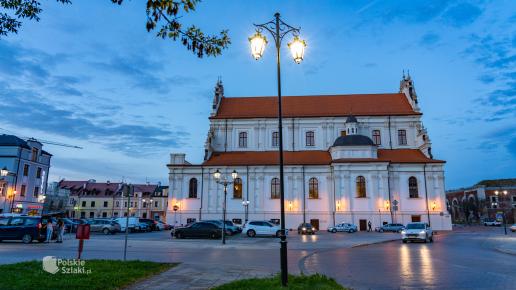
At Szczebrzeska Street, near the railway station in Zamość, there is the only Zoological Garden in this part of Poland. It is one of the oldest zoos in the whole country, its origins date back to 1918.
Address: Szczebrzeska Street
Mites
An additional advantage of this place is the vicinity of Roztocze. A beautiful, wild land with unspoiled nature, dark forests, transparent rivers and unusual architecture, characterized by elements of eastern culture. Whoever came to these parts once will want to go back.
Particularly noteworthy here are the Echo Ponds and Bukowa Góra in Zwierzyniec, Biała Góra with an observation tower or the Polish horse run in Kosobudy. These places are located in the heart of Roztocze, in the Roztocze National Park.
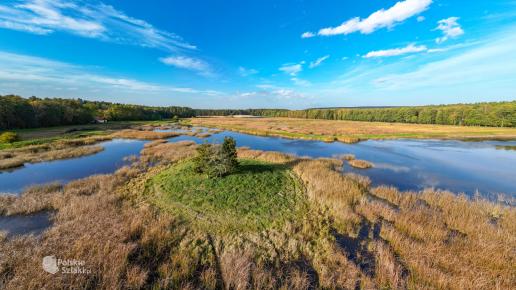
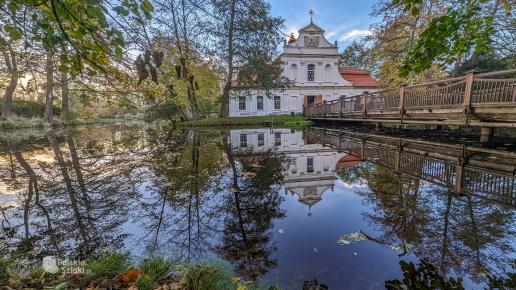
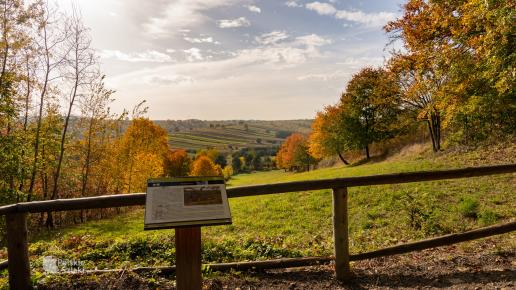
See our ranking of the Most Beautiful Cities in Poland with Zamość
Map of Zamość attractions
We leave you a map with selected attractions. It will certainly be useful for planning a walk around the city.
Zamość Tourist and Historical Information Centre
The Tourist Information Point in Zamość is located at Rynek Wielki 13. This is the side entrance in the town hall, on the ground floor. Be sure to look here before visiting the city, because you will get a city map here and find out what is worth seeing in Zamość.
Interestingly, the Tourist Information Center has prepared a pleasant mobile application, thanks to which you can visit Zamość at any pace
The mobile application is available in 5 language versions: Polish, English, German, Ukrainian and Russian.
During about an hour's walk, you will learn about the history, architecture and the most interesting monuments of the Old Town.
The tour begins at the stairs of the town hall on the Great Market Square and leads, among others, to the Salt Market Square, the Synagogue, the Lublin Gate, the Church of St. Catherine, the Zamość Academy, the Palace, the Cathedral, the Water Market, the Central House, the Franciscan Church and the Primates.
The app can be downloaded here using a QR code or in the Play or App Store
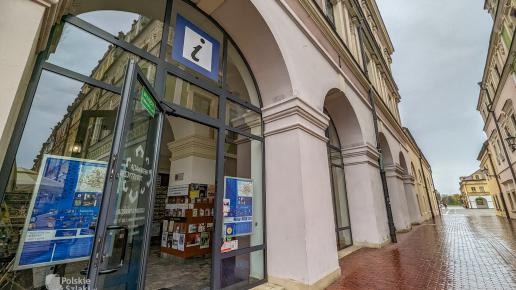
Interesting facts about Zamość
- Do you know the Polish Mulan? Joanna Żubr is the first female sergeant in the Polish army. At first, like the legendary Mulan, she hid her gender from her teammates. She became famous for her courage in the fight for Zamość in 1809. She was to receive the Virtuti Militari cross for this feat, but for reasons of gender, she was denied the honor and a monetary equivalent was proposed. She rejected it, but a few years later she was awarded this prestigious distinction.
- Did you know that Marek Grechuta was born in Zamość? Although most associate him with Krakow, it was here that he was born and grew up. At Grodzka Street, there is the house in which he was born. A commemorative plaque on the pink facade talks about it.
- Did you know that a way of eating called the Swedish table was born in Zamość? Jan Sobiepan Zamoyski, anticipating the bad intentions of the Swedes, organized a party for King Karol Gustav... under the walls of the city, without chairs. The king had to eat his meals standing up.
- Bolesław Leśmian - an outstanding Polish poet - lived and worked in Zamość for a long time. His work is reminded of the figurines of his literary figures, scattered in different parts of the city
- The founder of the city - Jan Zamoyski, in the times of Stefan Batory was the second figure in the country, after the king. Gaining the friendship of the king, he quickly became Hetman and Grand Chancellor of the Crown. He founded the Zamość Ordinance, a specific state in the state, which at the time of his death had 23 cities and over 800 villages. He passed on such property to his eldest son
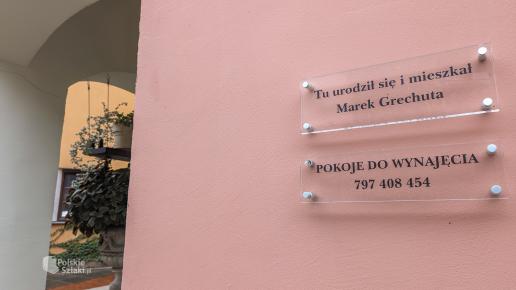
Video about Zamość
We invite you to watch our video about this beautiful city.
Where to eat in Zamość?
There are many restaurants and pubs in the city. The arcade houses on the Market Square alone hide a lot of them. In the basement of one of them is Bohema, an iconic restaurant with an interesting atmosphere and delicious food. We tasted here a wild boar and chicken ragout with delicious toppings. This was accompanied by local green beer.
Elsewhere on the Market Square, we tasted delicious pizza, in Figa with poppy seeds. A place also worth recommending, we sat here in the evening, in the summer garden, overlooking the illuminated town hall. Although it was no longer summer, but October, and we took advantage of the last moment, because the next day the gardens were dismantled all over the market.
Next to Figs with poppy seeds, we also tasted sweets in the Kawa na Ławę cafe. It is a unique place, with freshly roasted coffee, homemade cakes, natural ice cream and a large collection of board games. You can sit here for longer. All recommended places have a high rating on Google and a lot of positive reviews. We usually suggest this when choosing a place to avoid disappointments.
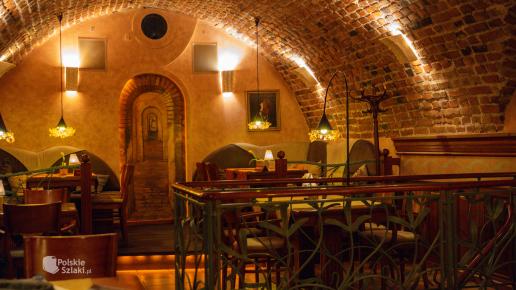
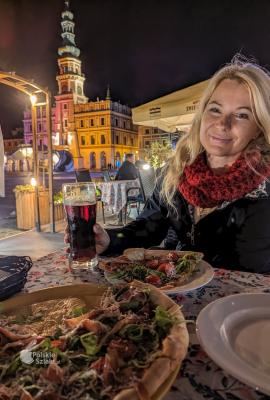
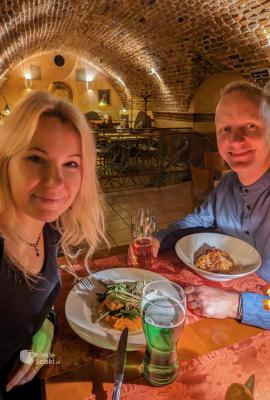
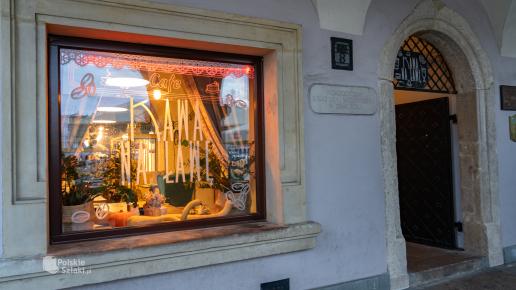
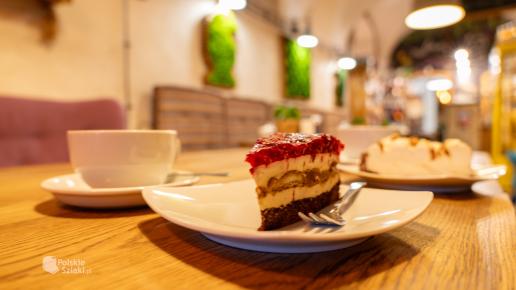
Accommodation in Zamość
There is a lot of accommodation in the city itself as well as in the surrounding area. We chose the option in the Old Town to walk to the Market Square in the evening. I was afraid it would be loud at night, but nothing like that, Zamość is calm. We slept at the Sukcesor Hotel, very close to the main square, at Żeromskiego Street. The hotel works similarly to apartments, where on weekends you can get to the hotel and the room using a code, without having to take care of formalities at the reception. There is a small children's room on site, with adult chairs. The rooms are very comfortable, tastefully decorated, with a modern bathroom with shower. In addition, we had a kitchenette and a fridge. We were very impressed by the delicious breakfast, with a wide selection of products and desserts. We like it!
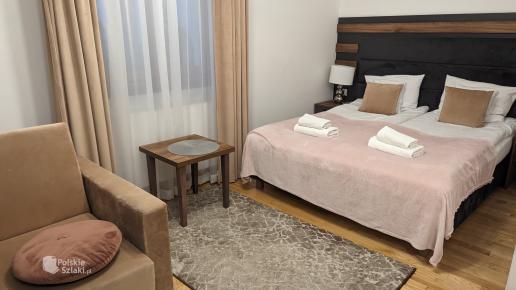
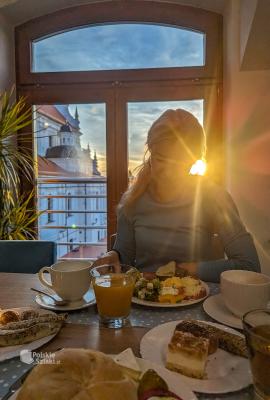
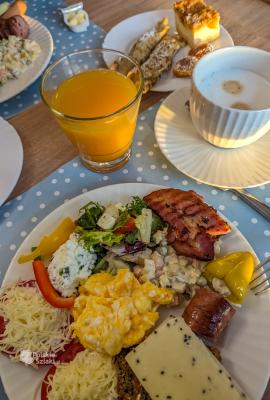
And if you want to escape from the city and delve into the forest and nature, then in Ciotusza Nowa I can recommend Idyll in Roztocze. These are our friends' cottages for rent. They are located several dozen kilometers south of Zamość and are beautiful. In a modern style, but with atmosphere and soul, surrounded by a nice garden and the greenery of the forest. Well-equipped, they can spend a nice and romantic time together or in a larger group. I heartily recommend it to you.
